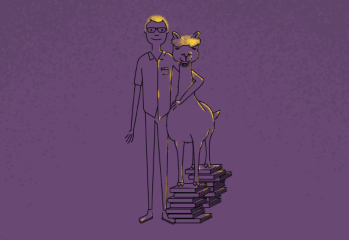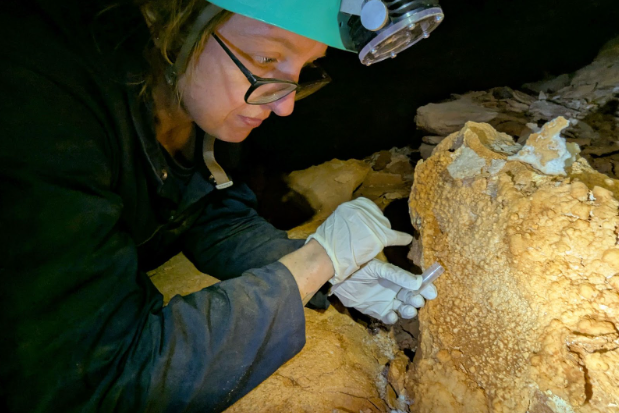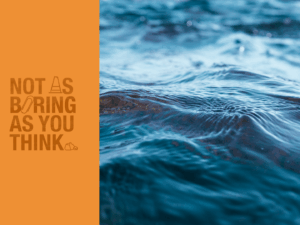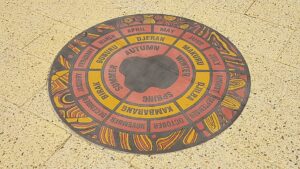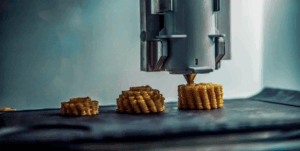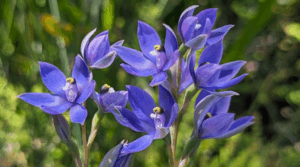While you might assume the Nullarbor Plain is a vast expanse with not much to see, a recent discovery has stunned scientists.
In addition to discovering new species of eyeless cave-adapted spiders nearby, nothing could have prepared the research team for what they would find in Goat Cave.
Andrew Stempel is a speleologist – a scientist who studies caves and cave systems – and the President of the Australian Speleological Foundation.
“I got called on as a rope monkey,” says Andrew, but within minutes “I was like, no, we need to get a bug person in here.”
Arachnologist Dr Jess Marsh from the University of Adelaide was the bug person.
“It’s amazing,” says Jess. “It’s going to take the rest of my life to sort out.”
An ecological vault
In a single cave, Jess and Andrew uncovered as many as 60 species, potentially none of which have been found before.
“All of the ones that I’ve looked at so far … have been highly cave adapted,” says Jess.
“Eyeless, limbless, strange-looking animals.”
Few of the creatures found in Goat Cave were alive, but that’s what makes the discovery so fascinating.
“When I actually got into the cave, I couldn’t even imagine the diversity and the excellent preservation of some of these specimens,” says Jess.
“They look like they died yesterday.”
A world first
The discoveries include spiders, cockroaches, weevils, wasps and centipedes.
“There’s one species of spider that’s so different to what we currently know,” says Jess.
“I still haven’t worked out what family it’s in.”
What’s more, the team stumbled across the first species of eyeless wasp ever recorded.
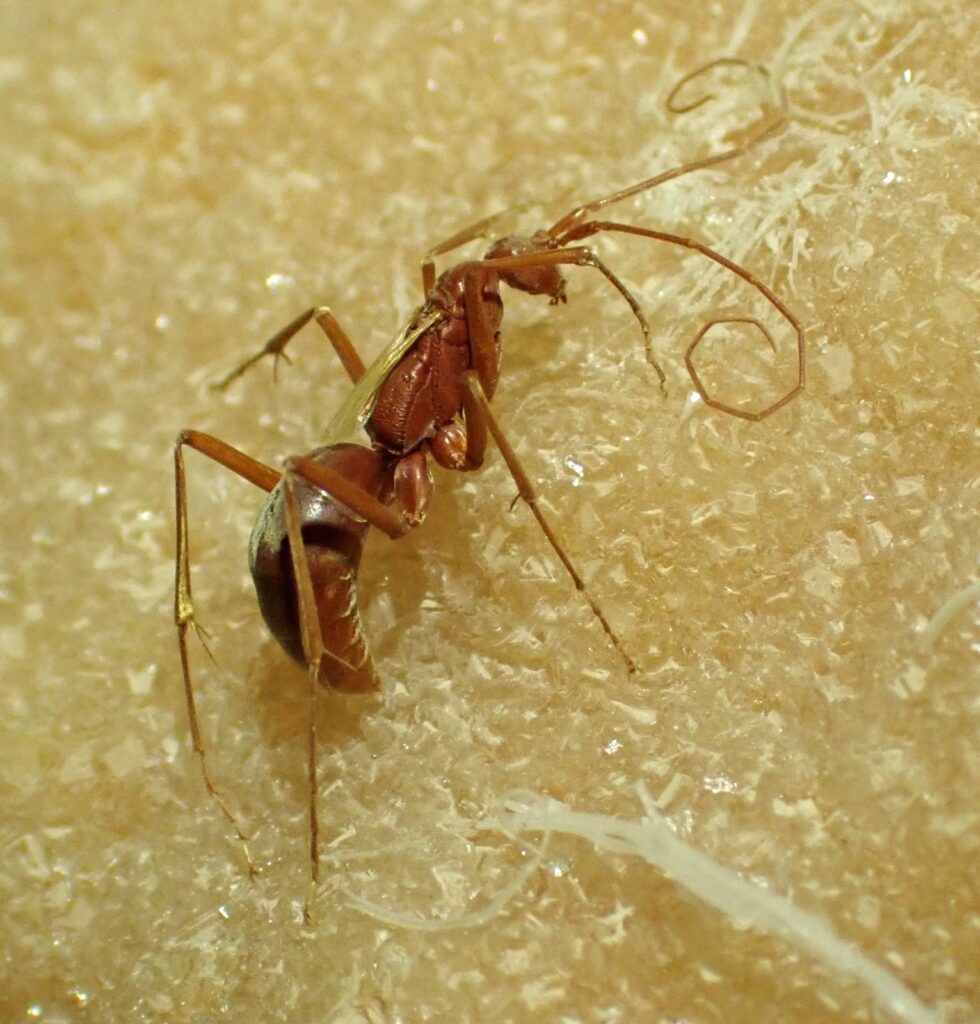
Credit: Supplied Jess Marsh
“It’s got very long legs, very long antennae and tiny little wings, suggesting that it probably couldn’t fly,” says Jess.
They discovered two spider species the size of your palm.
“The chunky one is Troglodiplura,” says Andrew.
Troglodiplura, an eyeless spider, was recently discovered by the same researchers in a nearby cave.
Along with another yet unclassified spider, which spins gigantic fragile webs and has long spindly legs.
A moment in brine
One of the most fascinating parts of this discovery is the unique conditions inside this ‘Aladdin’s cave’ of invertebrates.
“The thing that was apparent very quickly is that everything was dead,” says Andrew.
“There are cockroaches that have died climbing the wall,” says Jess.
It’s early days so there are many unanswered questions.
“They could be tens of years old. They could be tens of thousands of years old,” says Jess.
“It’s highly saline and cave environments preserve organic material really well.
“They’re effectively mummified.”
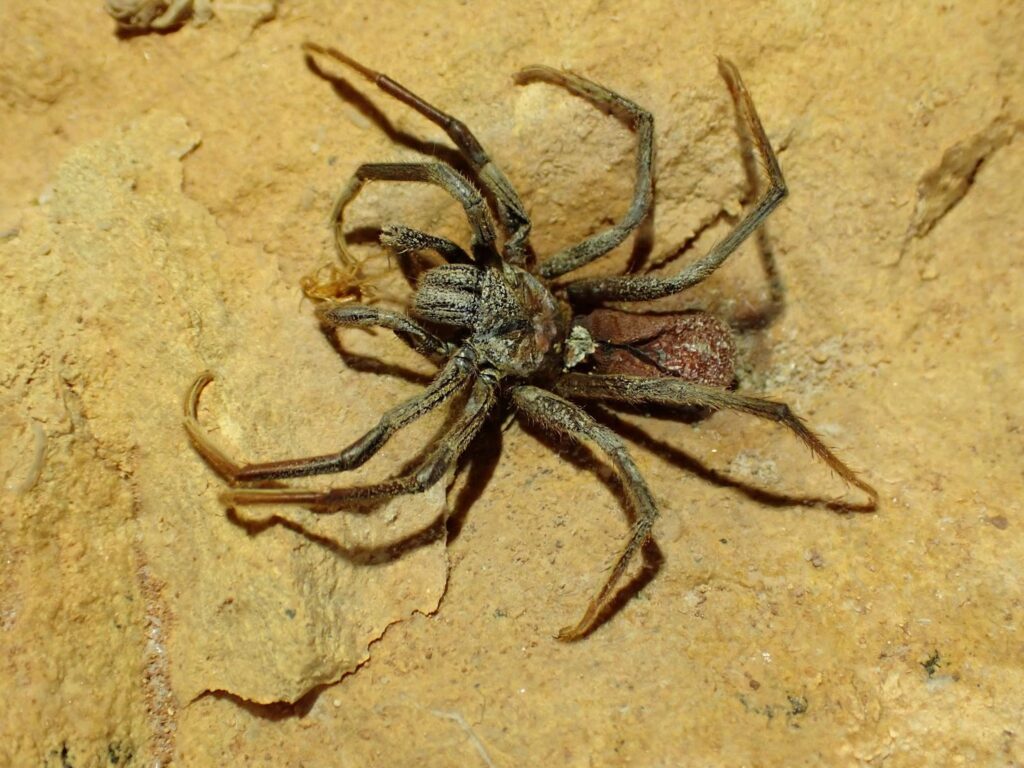
Credit: Supplied S. Milner
The Pompeii of insects
Bugs are stuck all over the walls and floors of the cramped limestone chamber. Experts are currently stumped as to what could have caused this.
“My latest theory is that there was a series of gas events that killed these invertebrates,” says Jess.
Gas events are an ever-present threat for cavers and cave insects alike.
“It’s mainly due to trapped organic matter that ferments or decomposes,” says Andrew. “And all of a sudden, you get typically hydrogen sulfide or carbon dioxide gas.”
Hydrogen sulfide is a leading theory of what happened in Goat Cave.
“There’s been lots of debates,” says Andrew. “This cave’s weird.”

Credit: Supplied S. Milner
Jess says some signs point to an ancient origin.
“There was a rock with probably a hundred weevils that were dead,” she says.
“These weevils belong to a group that live on tree roots in caves.”
The chamber was close to 80 metres underground – a huge distance from any signs of tree life.
This indicates these bugs might have lived and died, or at least evolved, at a time when the Nullarbor was a rainforest – up to 5 million years ago.
Global signific-ants
Jess is working with international experts to catalogue and understand these globally significant creatures.
They will examine the gut contents to learn about diets and use carbon dating to confirm timescales.
These recent discoveries highlight how little we know about what lies beneath the Nullarbor Plain – a mysterious place often dismissed as Australia’s most boring landscape.
Jess and Andrew stress this is just the tip of the iceberg.
“As a scientist, you spend your whole career dreaming of these moments,” says Jess.
